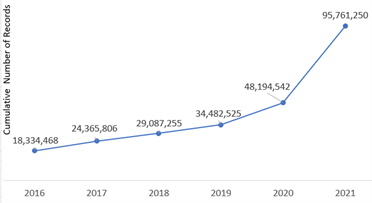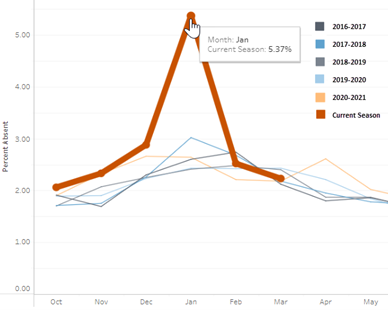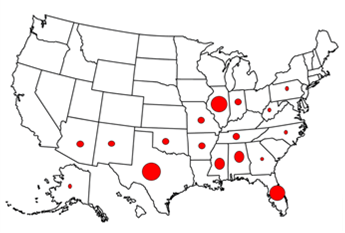Surveillance Program PPOP
The National Institute for Occupational Safety and Health (NIOSH) Surveillance Program works with partners to
- Expand awareness, knowledge, and use of occupational safety and health (OSH) surveillance data.
- Build capacity for state-based OSH surveillance.
- Integrate OSH variables into general health surveillance systems and Occupational Data for Health (ODH) into health information technology (IT) systems.
- Support industry health and safety surveillance needs and address cross-cutting surveillance issues.
- Encourage inclusion of OSH variables in national population-based surveys and data collections, standards for electronic health records (EHRs), and CDC surveillance systems. For example, the Behavioral Risk Factor Surveillance System (BRFSS) and National Notifiable Diseases Surveillance System.
- Promote use of OSH surveillance resources and data tools, such as the NIOSH Industry and Occupation Computerized Coding System (NIOCCS) (fig 1).
- Examine surveillance trends by visualizing data from state and federal partners. Examples include absenteeism in the workplace (fig 2), mine and mine worker charts, and workplace lead exposure trends.
- Increase state capacity to conduct case-based surveillance of priority occupational injuries and illnesses and collect OSH variables.
- Identify novel sources of surveillance data, such as audiometric (hearing) data, workers’ compensation data, and absenteeism data.
- Assessed prevalence of mental health conditions and other indicators of worker well-being in multiple healthcare occupations, (BRFSS 2017-2019).
- Trained state and 2 city health departments to collect industry and occupation (I/O) for COVID-19 cases and other infectious diseases.
- Added a guide on the NIOSH website for funeral directors to record I/O data on death certificates.
- Created data visualizations of changes in workplace lead exposure trends.
- Completed study of non-coal miners’ exposures to respirable crystalline silica.
- Established a collaboration with the Center for Medical Interoperability (C4MI) to receive daily personal protective equipment (PPE) surveillance data from 78 hospitals across the U.S. to monitor supply and demand over a 15-week demonstration period (fig 3).
- Expand the NIOSH Worker Health Charts by adding data from the National Occupational Mortality Surveillance program, oil and gas worker fatalities surveillance, and commercial fishing.
- Expand ODH data collection in EHRs and REDCap patient surveys through partnerships with community health centers and an academic medical center.
- Refresh and expand the NIOSH lead topic page with new information about take-home lead exposure.
- Upgrade NIOCCS to the latest I/O coding classification schemes to better code emerging industries and occupations.
- Prepare a video to train funeral directors on how to collect more useful industry and occupation information on death certificates.
- Publish a paper assessing work and health equity variables collected in CDC surveillance systems.
- Develop visualizations to demonstrate PPE supply and demand by respirator model and manufacturer.
- Publish PPE inventory shared by hospitals to enhance emergency preparedness at local, state, and national levels.

Mention of any company or product does not constitute endorsement by the National Institute for Occupational Safety and Health, Centers for Disease Control and Prevention
The Surveillance Program improves the understanding of worker safety and health by identifying and tracking workplace injuries, illnesses, hazards, deaths, and exposures in the United States. This snapshot shows recent accomplishments and upcoming activities.

*Includes both internal and external user submissions, crosswalks, and I/O coding. One record = I/O descriptive text converted into standardized code. Source: NIOSH Program Records

January 2022 saw a dramatic increase in workplace absences, which coincides with the increase in the COVID-19 Omicron variant. Data Source: CPS

*From June – September 2020, 78 hospitals participated; the larger the red dot, the higher the number of participating hospitals in that state. Data Source: C4MI
To learn more, visit
www.cdc.gov/niosh/topics/surveillance
October 2022
